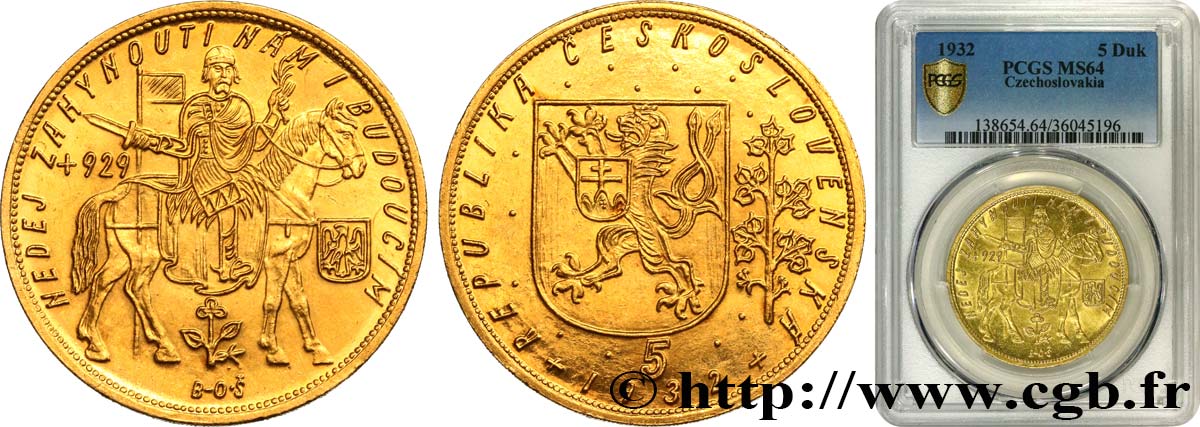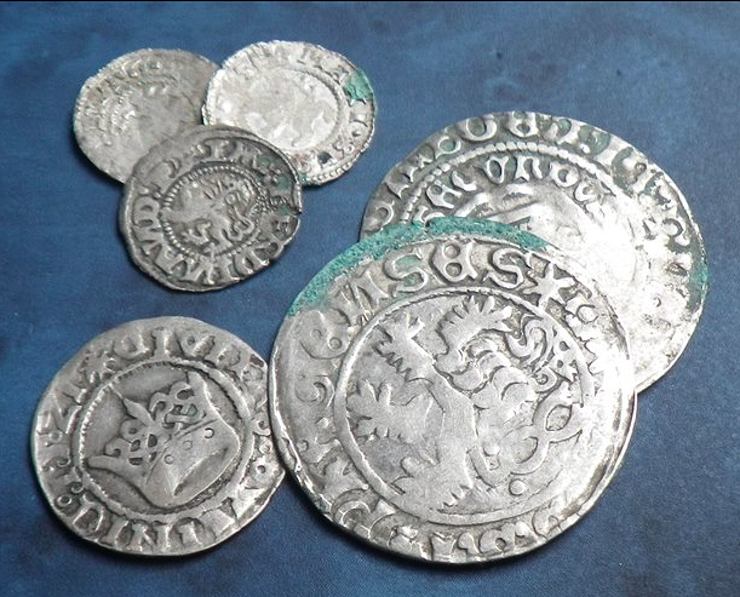Free Tips On Numbering Prague Mint Coins
Wiki Article
What Can A Plaster Replica Be Taken To Be Scanned To Create An Exact Digital 3d Model Of Gold-Plated Medals Or Coins?
This involves scanning a plaster maquette to create a 3D digital model of gold coins or medals. The equipment used is specially designed to capture the information and dimensions of the model in a digital form. This digital replica is used in different ways during production.
3D Scanning Technology - High-resolution 3D scanners are utilized to capture the physical dimensions and specifics of the plaster model. These scanners capture measurements and geometry using various methods such as laser scanning or the structure light.
Capturing Surface Information - The scanner projects light or laser beams on the surface of the plaster model. The reflections or distortions caused by these beams are captured by the scanner, capturing the model's surface information.
Data collection - The scanner gathers data when it travels across the model. This creates an electronic representation of the contours of the model, its geometry and details.
Conversion into 3D Model. Specialized software transforms information gathered from information into a 3D model. The model is a representation of the dimensions and physical features of the plaster maquette.
What is the reason to create an Digital 3D Model
Precision and Replication- Digital 3D models permit exact replication of the physical model's details and dimensions. It is important to maintain this precision to make sure that the final design of the gold medal or coin corresponds to the original.
Making it easier to modify modelsDigital models can be easily altered or refined. Designers can adjust the 3D model, without changing the original plaster maquette. This permits iterative adjustments or enhancements.
Compatibility with various manufacturing processes- Digital 3D designs are compatible with various manufacturing techniques like CNC machining or 3D Printing and make it simpler to produce molds or dies for mass production.
Digital 3D models can be stored and used as documentation. They can be saved digitally to allow future research, reproduction or documentation for historical purposes.
By scanning plaster models and creating 3D digital models designers and manufacturers can improve their production processes to ensure precision of replication and use advanced manufacturing techniques to produce gold coins and medals with accuracy and precision. View the top Scanning and 3D Modeling Prague Mint gold medals website info. including gold 1 dollar coin, 50 dollar gold coin, gold & silver bullion, 2000 gold dollar, 50 pesos gold coin, 2000 sacagawea dollar, st gaudens double eagle, american buffalo coin, american eagle gold coin price, olympic gold medal and more.

What Is The Process By Which A Janvier Machine Transfer A Gold Coin Or Medal Design To The Working Hub Of The Master?
The Janvier Machine, also referred to as a pantograph machine or a reducer, is a machine employed in the process of coining to transfer designs from a Master Hub an Working Hub. This is a brief overview of the Master Hub Creation.
The master hub is the first coin or medal die or mold. The majority of them are made by CNC machine or other precise methods to ensure precision.
Configuration for Janvier MachineSetup for Janvier Machine
The Janvier Machine consists of two parts: a stylus to trace the design and a tool that cuts out the design.
The Janvier machine comes with a master hub, which acts as a template to guide the transfer of the design.
Tracing The Design
The Janvier machine's stylus records the profile of the design as it travels along the surface of the master hub. As the stylus moves across the surface of the master hub it keeps track of its shape.
Reducing Design-
The Janvier machine also replicates the traced pattern on the working hub. The hub is usually composed of softer materials, such as nickel or steel, rather than the hub that is used as the master hub.
The cutting tool replicates or cuts down the design on the working hub to a smaller size or scale in comparison to the hub that is master. This is crucial for the minting procedure, as it allows for the making of medals or coins at the desired size.
Accuracy and precision
The Janvier machine operates with precision to ensure precise transfer of the design from the master hub to the work hub. It accurately reproduces all details and contours, even the smallest of them.
Quality Control
The working hub will undergo inspection and quality control to ensure that it is in line with the specifications and accuracy for the striking procedure.
Further Processing-
The hub of the Janvier's is a useful tool for striking coins and medals. It is used as a mold or die for creating multiple coin or medal blanks with the transfer design.
The Janvier machine's function is vital for the minting process it allows the replication and reduction of complex medal or coin designs from a master hub to working hubs accurately. The working hubs can be used to create mass production of coins and other medals using the strike process. See the top rated janvier processing Prague Mint gold coins blog advice. including 1 0z gold price, 1933 double eagle, 10oz gold bars, buy gold silver, coin gold silver, five dollar gold piece, gold buy bullion, one ounce of gold, gold apmex price, order gold coins and more.

How Do You Get Smooth Or Matte Finishes Using Sandblasting? How?
This method can be used to creating specific textures or finishes, such as matte, textured, or patterned surfaces, for the surface of medals or coins. This is how and why it's usedProcess for Sandblasting
Surface preparation: The medal, coin or other item is placed in an enclosed compartment or cabinet that has the nozzle which is connected to compressor. The chamber may be enclosed in order to protect the abrasive material used during the procedure.
Abrasive material selection - High speed propulsion of fine particles of abrasive abrasives, like silicon carbide or sand, or glass beads and aluminum oxide on the surface.
High-Pressure: The abrasive grains are driven onto the surface using compressed air or by another high-pressure device. The force and speed at which the particles strike the surface create the desired finish or texture.
Texture Creation - The impact of abrasive powders on the surface alters the topography, creating the appearance of textured or matte. This technique can be utilized to create uniform textures or to roughen specific regions.
Controlled Application- Sandblasting can be controlled in terms of intensity, duration, and angle of application in order to create different textures or finish. Different abrasives may produce distinct effects.
Reasons for Sandblasting
Texture variation - Sandblasting can produce a variety of different textures and finishes, including glossy grains, frosted, or grainy smooth surfaces. This adds visual interest to coins or medals.
Aesthetic enhancement- Sandblasting can alter the surface appearance by diffusing light, and thus reducing shine. This could enhance the appeal of the coin. Matte finishes can be a good example, for instance, they can highlight particular design elements since they minimize glare.
Anti-Glare Properties- Matte or textured surfaces produced through sandblasting can help reduce glare and reflections, making the medals or coins more visually appealing and easy to see without interference from light.
Contrasting Design Elements. Sandblasting can create contrast between polished and those that are textured on the coin. It is a great way to highlight specific design elements or to give them visual depth.
Sandblasting can be personalized to create unique designs or textures.
Sandblasting can be a diverse technique employed to create a variety of surfaces or textures on gold-plated coins and medals that contribute to their design, and visual appeal. design. Have a look at the top rated sandblasting Prague Mint gold coins blog recommendations. including 1 0z gold price, gold quarter 2000, gold buffalo, gold one dollar coin, george washington gold dollar, apmex gold coins, buy gold bars from bank, buy gold bullion, gold biscuit buy, gold bullion and more.

What Happens When Gold Coins Or Medals Go Through Quality Inspections To Ensure Adherence To Requirements??
Gold medals and coins are subjected to strict quality control checks following minting to make sure they meet specifications, are precise and have a nice surface. These checks include several steps. Visual Inspection
A trained inspector visually inspects each coin or award to identify any surface imperfections or flaws. They search for scratches, marks or irregularities which could impact the appearance or value of a coin.
Weight and Dimensions
Weighing and measuring each medal or coin will ensure that it satisfies the specified weights dimensions, diameters, thicknesses and overall dimensions according to the design specifications. Any deviation from the design specifications may suggest a quality problem.
Composition and Purity of Metal
Quality checks involve confirming the purity and gold content of the medals and coins by using various methods of testing, such as X-ray fluorescent (XRF) analysis or chemical assays. The gold content of the coins or medals is examined to make sure they are in compliance with the standards of quality and quantity.
Edge Inspection
Inspectors check the edges of the coin or medal to check for uniformity, reeding, and any irregularities. The edge of the coin or medal is an important place to include security characteristics as well as design features.
Strike-Quality
Every coin that is minted is evaluated to determine their quality of strike. This includes the precision and clarity of design details reliefs, as well as overall look.
The Minting Errors and Proofing Errors Mistakes
For proof or special edition coins, a thorough inspection is conducted to identify any minting errors, flaws or other discrepancies that could affect the coin's collectible value.
Packaging and Packaging and
The quality check extends to display and packaging and display. It ensures that coins are securely encapsulated, or kept in cases or holders.
Sampling and Random Checks-
Random sampling or checks are carried out in batches to ensure high standards of quality are maintained throughout the minting processes.
Documentation and compliance
Every quality check must be documented in order to comply with all regulations, certification requirements, and minting standards. These records are proof of the authenticity of the coin and its quality.
Rejecting Non-Conforming Pieces
Coins or medals which do not meet specified quality standards are rejected or sent for reprocessing to maintain the integrity and quality of the minted products.
The mints and the certification bodies make sure that the gold coins or medals they produce meet all of the necessary requirements for authenticity, purity, appearance and value. This guarantees investors, collectors, and buyers that these items are authentic and of the highest standards. Take a look at the recommended Prague Mint gold coin quality control more examples. including gold penny, cost of 1 oz of gold, gold american eagle price, medal gold medal, 20 dollar gold coin, gold and silver dealers, olympic gold medal, sell gold and silver near me, price for one ounce of gold, gold sovereign and more.
